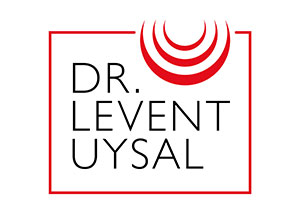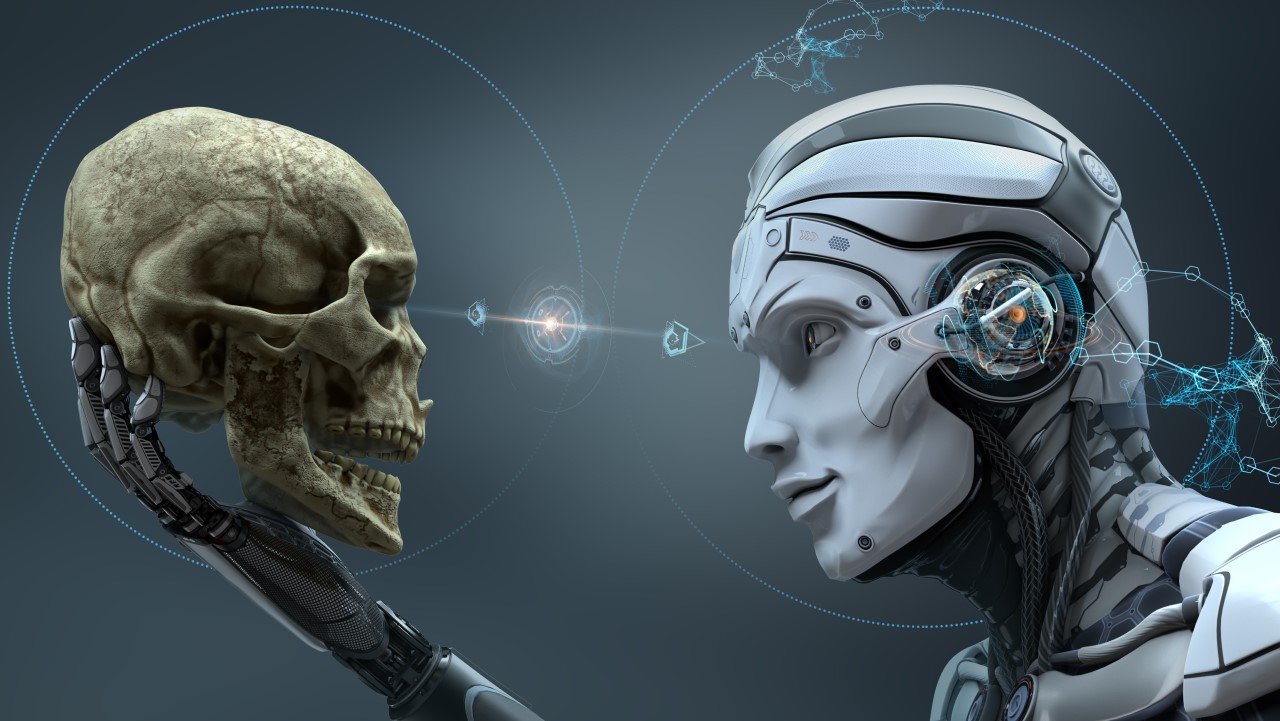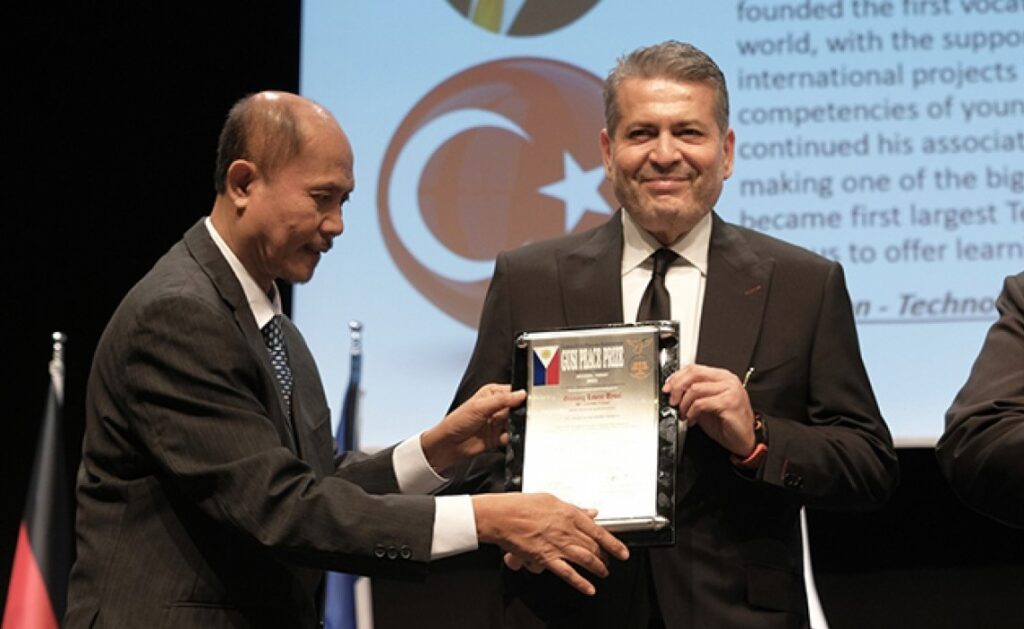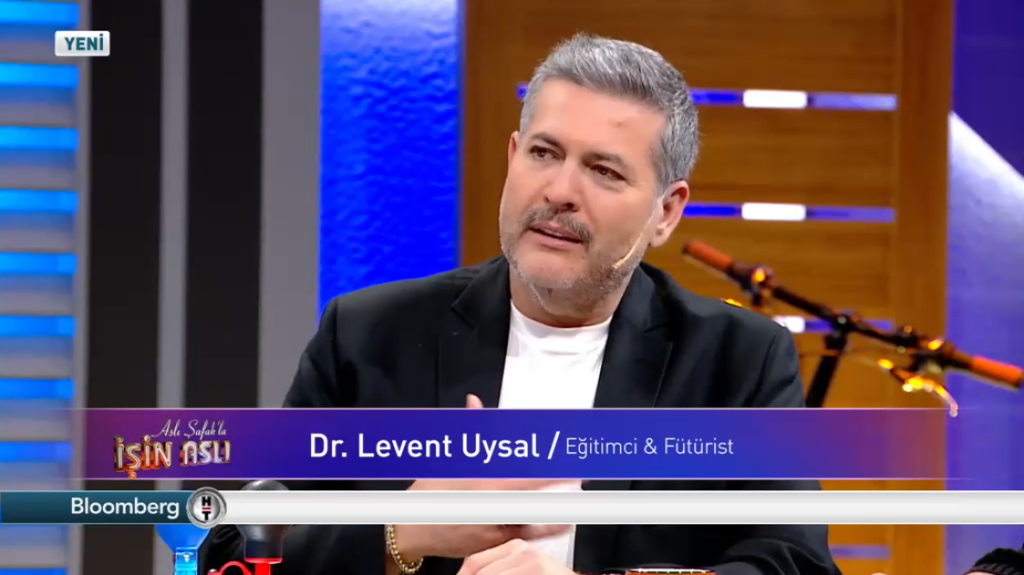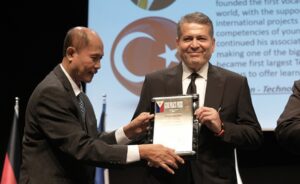Tell me and I forget. Teach me and I remember. Involve me and I learn..
Benjamin Franklin
When we say what education is, everybody tries to give dictionary definitions, connect it to institutions and systems, and it always falls short of clear definition. You are right, we were taught this; we do not think, do not dream, accept what is written in the books and present it exactly. We take the information, write it down in our minds, but we don’t know what to do with it or how to develop it.
However, as soon as we are born, we start to learn, whether we like it or not, learning and development are a part of our lives and it continues throughout our life. Learning takes place anytime, anywhere, for years. We cannot learn to learn, we cannot discover our own learning styles, purpose and stages of development, we do not even know what we enjoy learning. This means even when the world is in constant change and development; it causes education to remain static, to not show a great change, not to develop. As a result, education; it cannot prepare individuals for their after-school life, future and development. Curricula and learning styles remain monotonous and boring, leading to uniformity rather than taking into account the differences of individuals.
However, education should keep individuals’ sense of curiosity and creativity fresh and provide an environment where they can develop; they should create their own learning styles and areas of interest, the space and support in which to explore their abilities, and teach them to learn and the continuity of learning, that it lasts a lifetime. For this, a radical reform in education is needed.
What is Education 5.0?
Education 5.0 is the key to achieving Community 5.0, that is, the smart society philosophy that will manage technological power properly. It is the education model of the future based on personalized education, learning flexibility, continuous improvement, critical thinking and problem solving, data interpretation, student-participatory curriculum, project-based learning and most importantly, technology and education partnership dynamics that form the basis of creating the future society.
Personalized Education
As one of the dynamics of Education 5.0, according to the personalized education approach; Each individual’s learning method, speed, curiosity and development stages are different from each other. It is one of the duties of the education system to take into account these differences and to provide students with a learning system based on these differences, and to provide an environment where they can explore their differences, learning styles and personal development steps. Otherwise, the justice of the system cannot go beyond assigning a fish and a monkey the task of climbing a tree and evaluating the success by looking at the result.
Learning Flexibility
Another dynamic of Education 5.0 is the learning flexibility that is directly linked to personalized education. Accordingly, learning can continue continuously, it does not depend on the classroom environment in terms of time and space, the classical classroom layout and materials, that is, the order in which the teacher is the narrator and the student is the listener, and the book-notebook. For an ideal learning, every dynamic that can be included in the whole life of the student as well as the school environment, from acoustic, colors, light, layout, materials, interaction features of the space, graphics and most importantly technology and inspiration should be taken into consideration. Students should be given the opportunity to work at their own pace, express their individual needs, expand their personal boundaries, teach and take responsibility in addition to learning. Only in this way can the understanding of the traditional classroom environment that cannot meet today’s and future needs be overthrown and make students love school and education.
Continuous Improvement
Another of the most important dynamics we must accept for Education 5.0 is that learning is not limited to the school environment. Learning is continuous and cannot be limited by time, place, teacher and curriculum. On the contrary, learning becomes more effective at one’s own pace and in his own field, in line with one’s curiosity. For this reason, institutions should be able to instill in the student the awareness that education continues everywhere and at any time, in line with the person’s own pace and curiosity, so that people can be in a continuous development in line with their own abilities and interests.
Critical Thinking and Problem Solving
Thinking critically is valuable for Education 5.0 because; Although it has no place in the classical education system; It forms the basis of student-centered, contemporary education understanding and it is one of the most important competence areas of this century to combine knowledge in the right direction by including different perspectives and to produce solutions to the problems encountered. If critical thinking and problem solving are integrated into education, if this awareness can be given to students; the most permanent learning is achieved.
Critical thinking and problem solving skills will fade away if they are not used in different areas of life from childhood. For this reason, educational institutions should plan lessons and projects and give feedback to students at all levels and support, and to enable students to gain and use these skills.
Data Interpretation
Now, it is possible to access data within seconds with a single click, the information of countless libraries continues to be collected and stored in our pockets every day, and digital transactions can be solved in seconds, moreover, these tasks are made technology-based. So what really matters is the ability to interpret this data. Education 5.0 aims to equip people with the ability to do what can be done with knowledge, how knowledge can be changed and developed, rather than the ability to access and memorize information, which is what the future requires.
Student Participation Curriculum
In Education 5.0, students will be involved in the creation and development of the curriculum. With the input and answers given by the students; The curricula of the classical education approach, which can be understood what is more important and interesting and consisting of unnecessary information masses and sharply limited lessons, will be replaced by modern, contemporary multi-disciplinary and dynamic curricula. Only in this way can students learn actively and effectively and prepare for the future. Curriculums that cannot be put into practice, that are far from the realities of life and that are only exam-oriented It is condemned to raise unqualified students who are incapable of self-improvement.
Project Based Learning
Project-based learning, another dynamic of Education 5.0, aims to prepare the student for the future working model. The student gets to know the working models closely, takes part in the models, makes applications, and has the opportunity to choose the model that he enjoys the most, which he can improve himself and develop the most. The student, who is left to think on his own, is equipped with abilities such as thinking, recognizing problems, recognizing needs, solution-oriented, cooperation and time management.
Technology and Education Collaboration
As the infrastructure of Education 5.0, technology supports and makes possible all other dynamics. Education 5.0 cannot be considered independently from community-oriented unmanned technologies. These technologies range from the preparation process to learning, success measurement and feedback processes; It should be effectively involved not only in the classroom environment, but also in the aftermath.
When we look at personalized education, the teacher may not be able to follow the differences of every student at any time in the classroom environment, may not be able to master the outside of the classroom environment, but it will be possible to follow the individual learning and development processes of each student, especially with the inclusion of society-oriented unmanned technologies in the learning process. For this, there are artificial intelligence-based training programs that can be easily downloaded to tablets, and artificial intelligence programs that recognize attention and emotions (such as boredom, interest) in the classroom environment.
Flexibility in education is possible with technology because it is possible to follow the student and support his / her education outside the classroom environment; this is based on online learning. Thanks to technology, you can now connect to a lesson on the other side of the world at any time and interact live with the instructor or study group you want to the subjects given to him, score exams and measure success.
With the changing world, it cannot be avoided that many professions and competencies change in line with the needs of the future. For this reason, with Education 5.0, it cannot be denied that it is necessary to prepare students for these needs and change, and more importantly, to equip them with the skills to manage these changes and needs. For this, it is stated that the student is actively involved in all processes of learning; It performs a dynamic and continuous learning independent from the school and classroom environment; learned to learn, think, generate ideas, research, and what to do with knowledge; A reform must be realized towards a system where the teacher is also a student, learning with the students, and acting as a supporter and guide.
